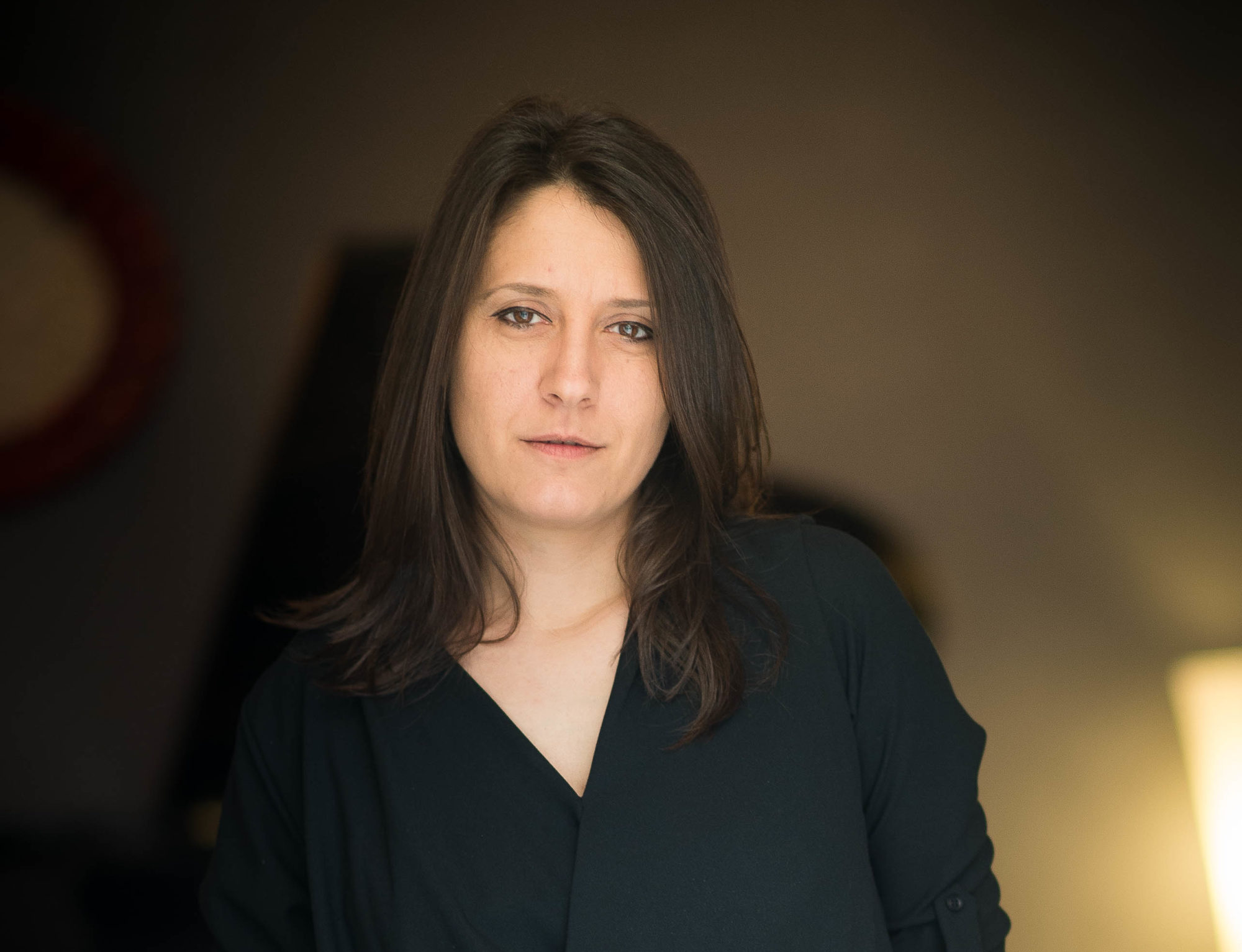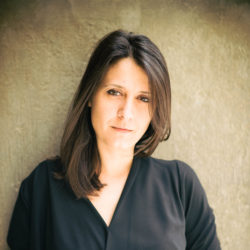Organ specifications
Principale (12′)
Ottava (6′)
XV (3′)
XIX
XXII-XXVI-XXIX
Flauto in XV (3′)
Accessories: Cornamusa in F and C-Nightingale-Crickets
Keyboard with 53 keys (F0-C5, without the notes F#0-G#0)
Pull-down pedal 20-notes (F0-D2, without the notes F#0-G#0) constantly coupled to the manual
Temperament: 1/4 comma meantone
Pitch: 456.6 Hz at 22°C
The organ of the Badia Fiorentina is a historic instrument known and appreciated worldwide as an example of Italian Renaissance organ building. Its construction was completed in 1558 by the renowned Tuscan organ builder Onofrio Zeffirini da Cortona.
The organ, restored in 1978, was returned to its original form, with some modifications made by the organ builder Tronci (1782), who added the Tromba and Cornetto stops.
The characteristic tone of its typically Italian registers and the historical temperament (quarter-comma meantone with a pitch standard of 456.6 Hz at 22°C) make it a perfect instrument for the performance of musical literature from the 15th, 16th, and 17th centuries.
It consists of a keyboard with 54 keys and a pedalboard with 20 notes, without independent stops and connected to the lower notes of the keyboard. The registers are operated by six pull-down stops located on the right side of the keyboard. The stoplist is as follows: Principale 12’, Ottava, XV, XIX, XXII-XXVI-XXIX, Flauto in XV. It also includes the accessories Usignoli (nightingales), Grilli (crickets), and Cornamusa in C/F.
The façade is divided into five sections separated by pilasters. The three central sections house the largest pipes, connected by entablatures and garlands, while the smaller pipes are located in the lateral sections, topped by "dead" pipes, groups of pipes inserted solely for aesthetic purposes.
Imposing yet discreet, it is located on the gallery of the right arm of the transept above the Chapel of St. Maurus. Felice Gamberai, around 1628–1631, painted and carved the gilded wooden structures that host the figure of St. Michael on the left and the face of St. Cecilia, painted by Francesco Furini in 1635. To the right of the organ are St. John the Baptist and the face of David, also painted in 1635 by Baccio del Bianco. Two coats of arms are present, one of the Badia Fiorentina and one of the Covoni family, owners of the chapel below and likely patrons of the instrument. The winch system that once unfurled a central canvas painted by Pier Datini, depicting St. Cecilia, is still present.
Used both as a concert instrument and a liturgical instrument, since 1998 it has accompanied the monastic liturgy of the Fraternità Monastiche di Gerusalemme with musical meditations.
In the desert of contemporary cities, they seeks to create an oasis where it is possible to encounter God. The daily liturgy offers this space, also through the path of beauty. Along with the beauty of the architecture, the arrangement of the liturgical space, icons, and polyphonic singing, instrumental music finds its rightful place. Music in the liturgy plays an important role in leading from the perspective of action to that of reception and listening. It is, therefore, music that arises from silence and yields to silence, allowing the Word of God proclaimed during the celebration to be internalized. In the monastic liturgies of the Fraternità Monastiche di Gerusalemme, the organ is mostly used as a solo instrument, creating a sonic bridge between different moments of the celebration, preparing some transitions the liturgy needs to ensure the necessary unity, without abrupt breaks.
From this, we can understand the importance of the organ's role and the competence of the organist. The organist must know how to integrate into the liturgy as an integral part of it: at times fostering silence, at times preparing the assembly for a communal response, at times inviting contemplation, and at others accompanying the joy and exultation of God’s people. In selecting repertoire as in improvisation, the organist must deeply understand and internalize the spirit of the liturgy to promote the active participation of the assembly.
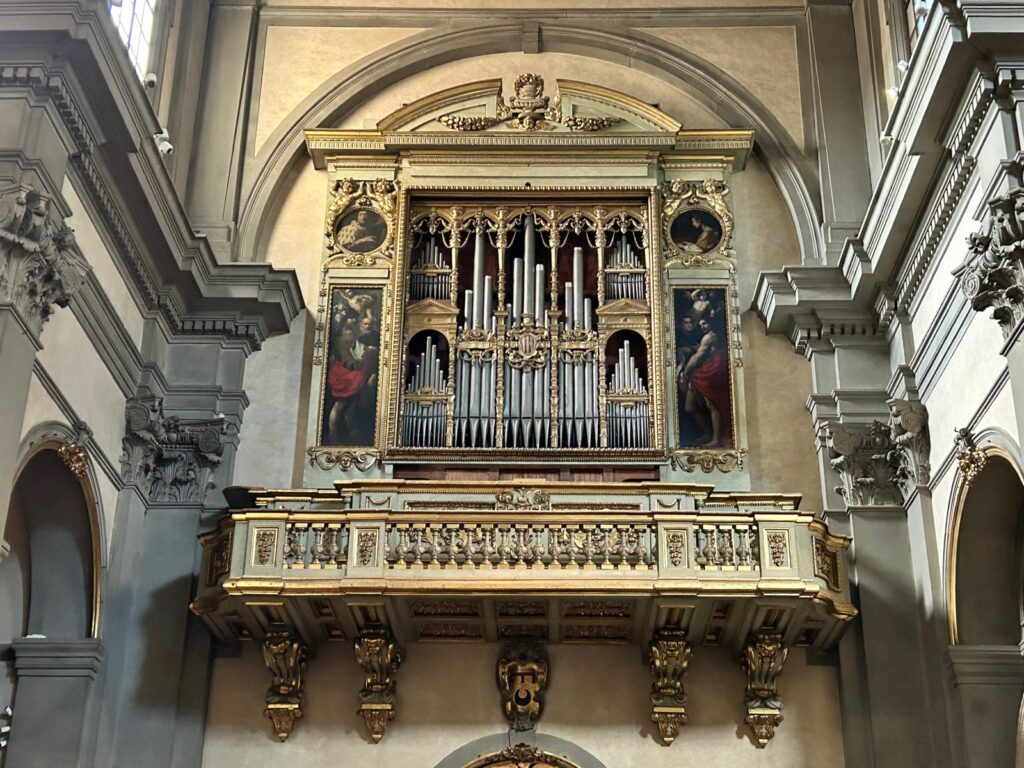
Organ Zeffirini da Cortona 1558 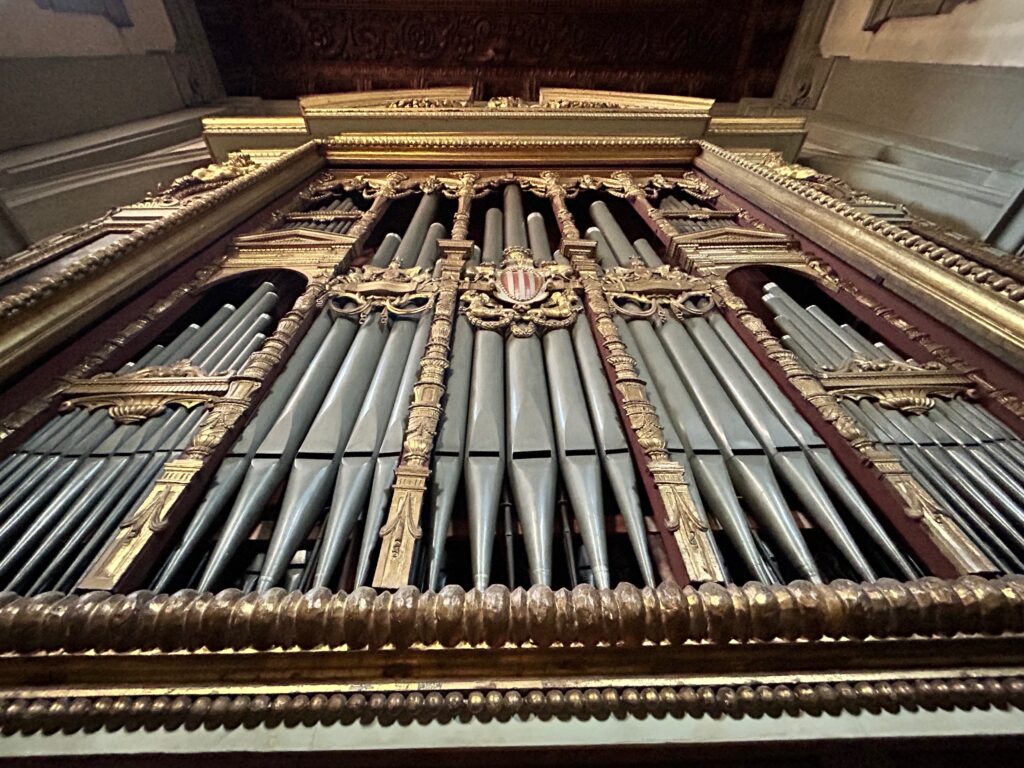
Organ Zeffirini da Cortona 1558 – Façade 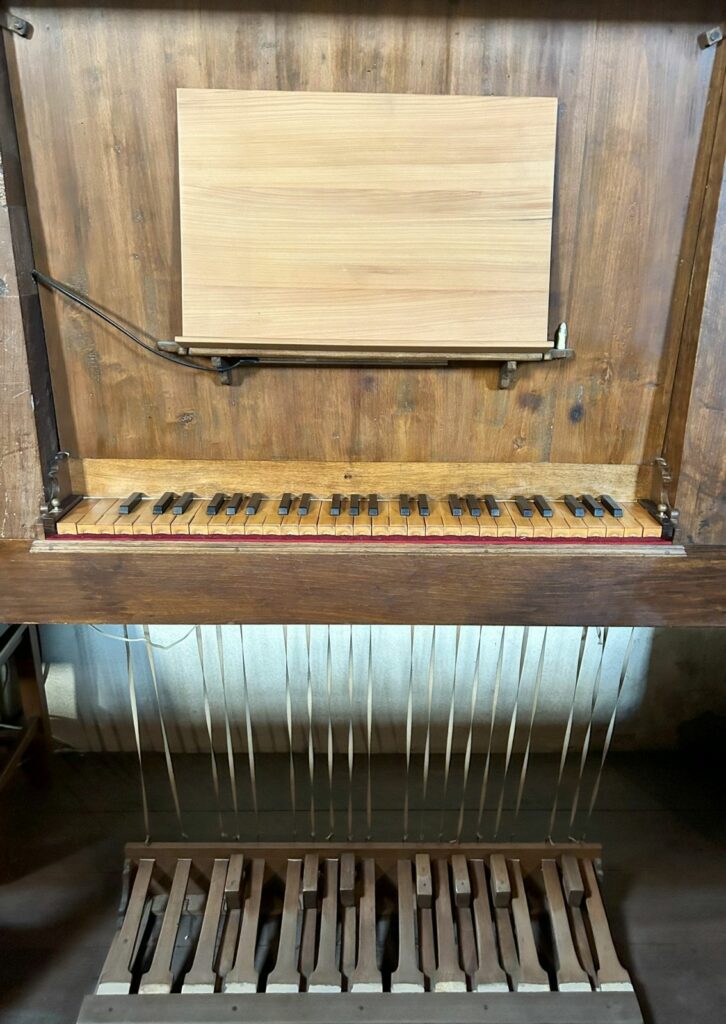
Organ Zeffirini da Cortona 1558 – Consolle 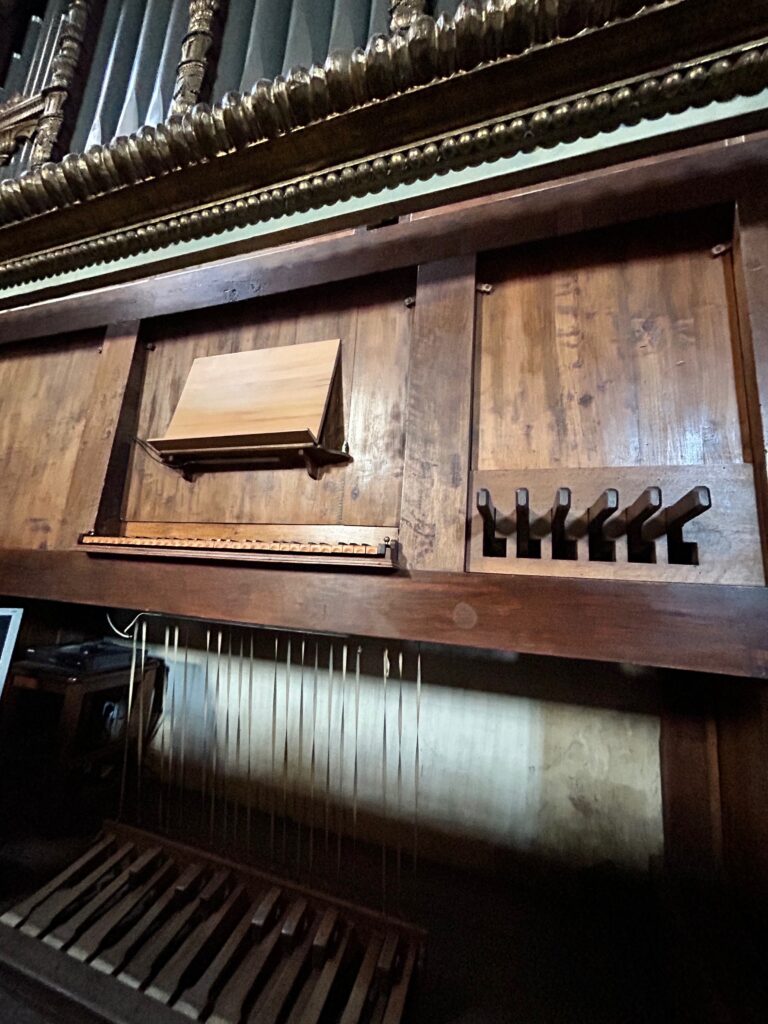
Organ Zeffirini da Cortona 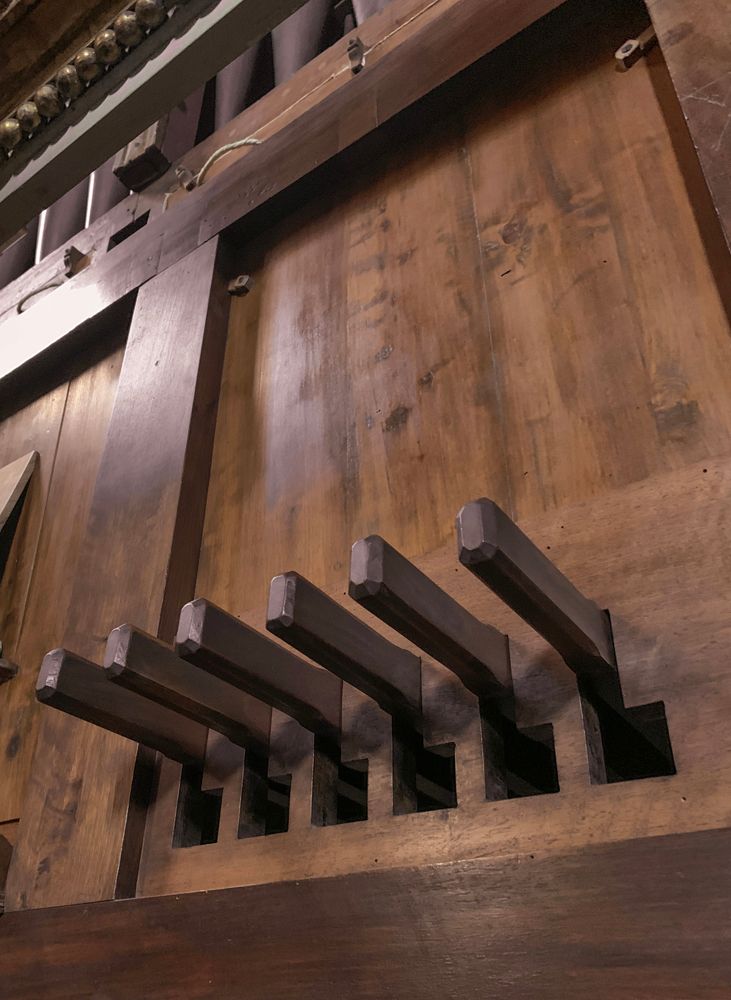
Organ Zeffirini da Cortona 1558 – Stops. 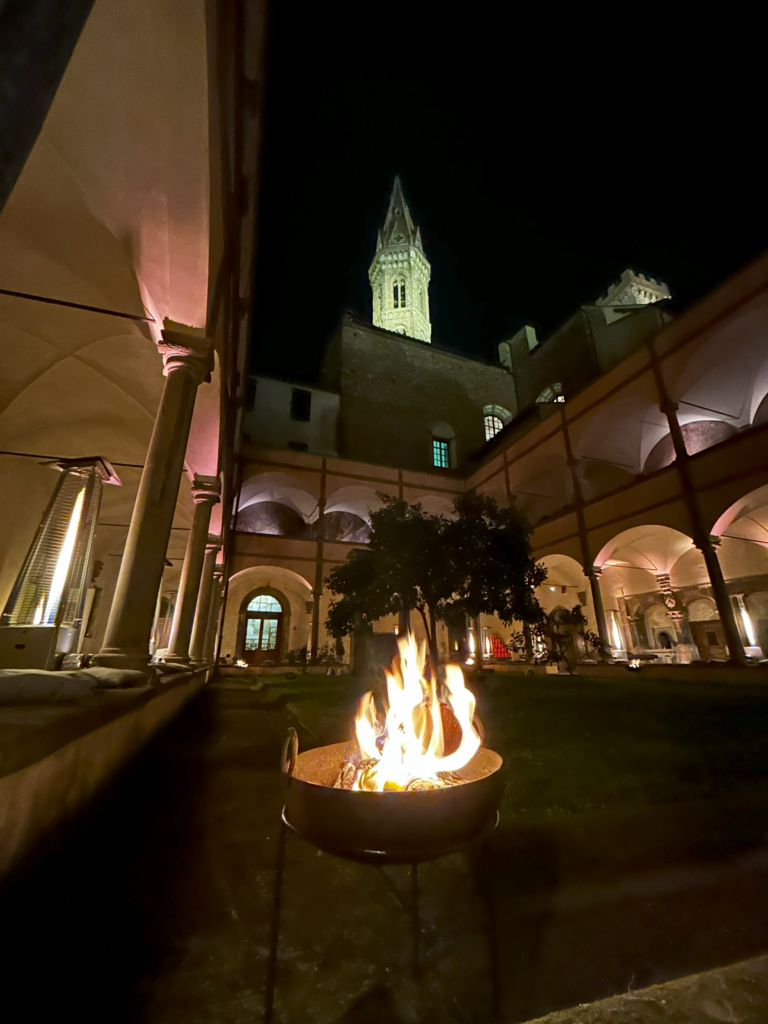
Badia Fiorentina – Closter 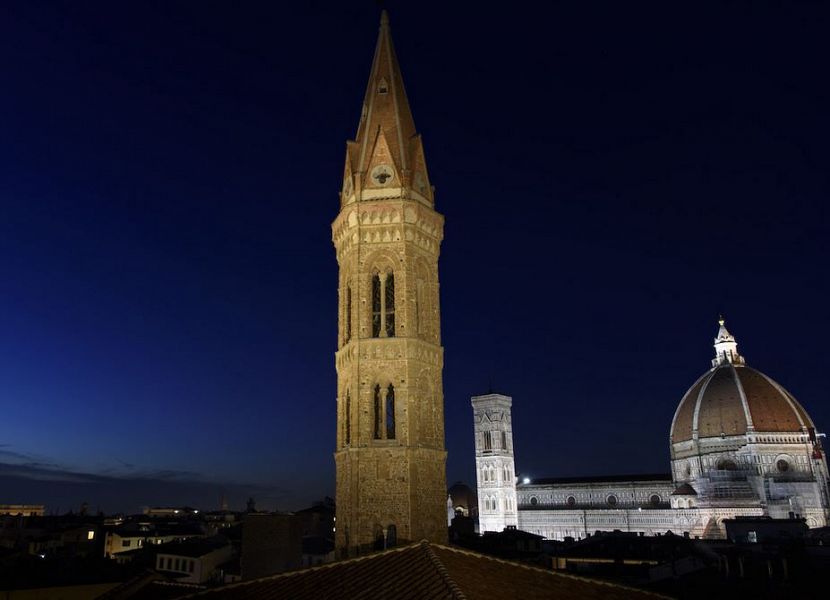
Tower of the Badia Fiorentina 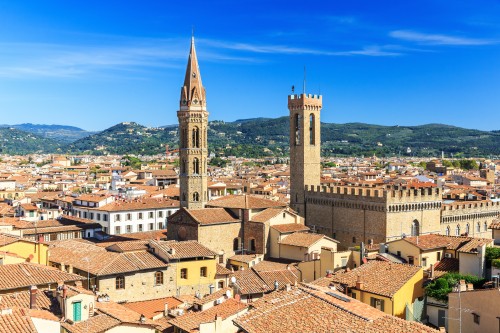
Badia Fiorentina and Palazzo Vecchio 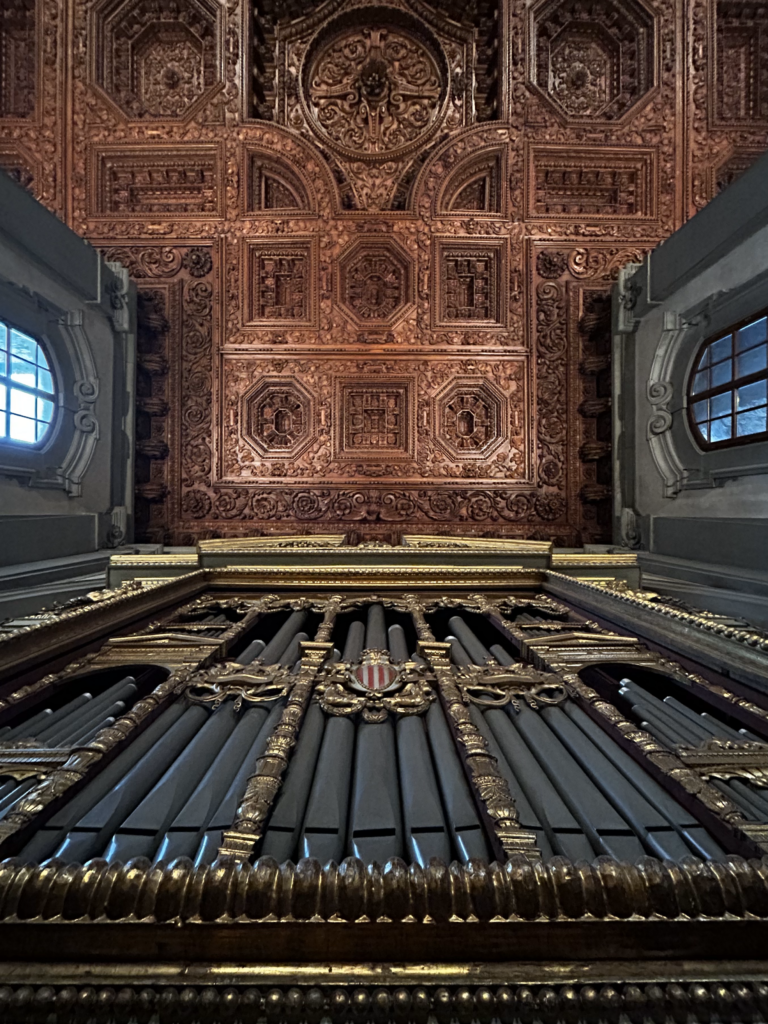
Badia Fiorentina – Organ and ceiling 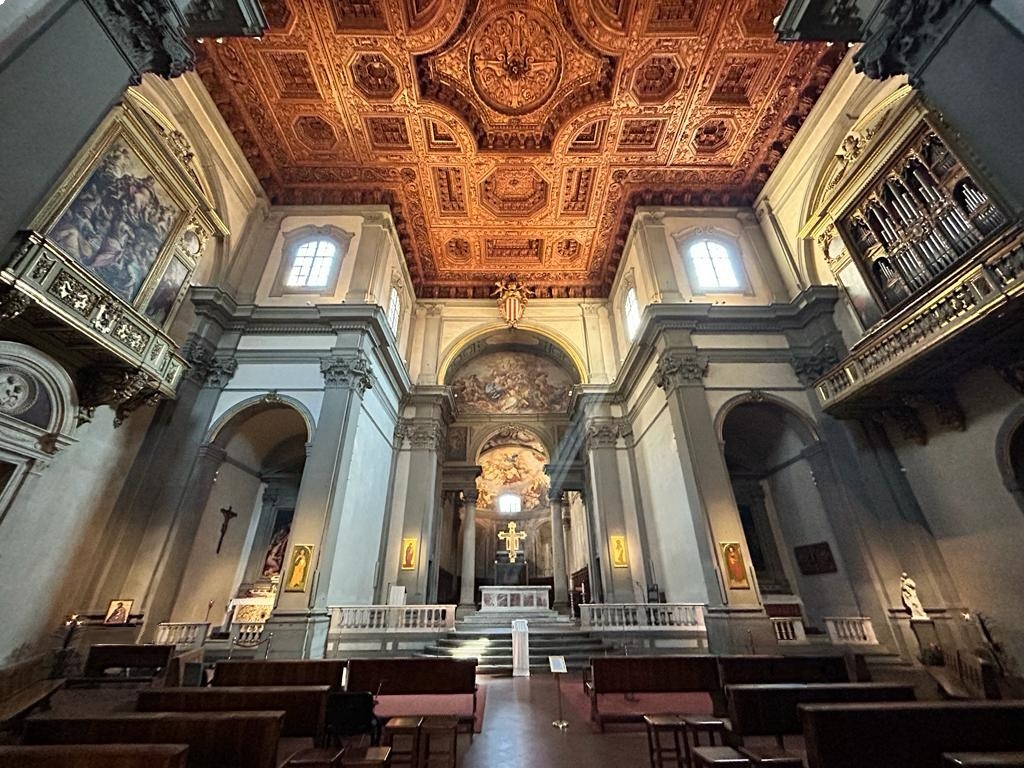
Badia Fiorentina – Interior 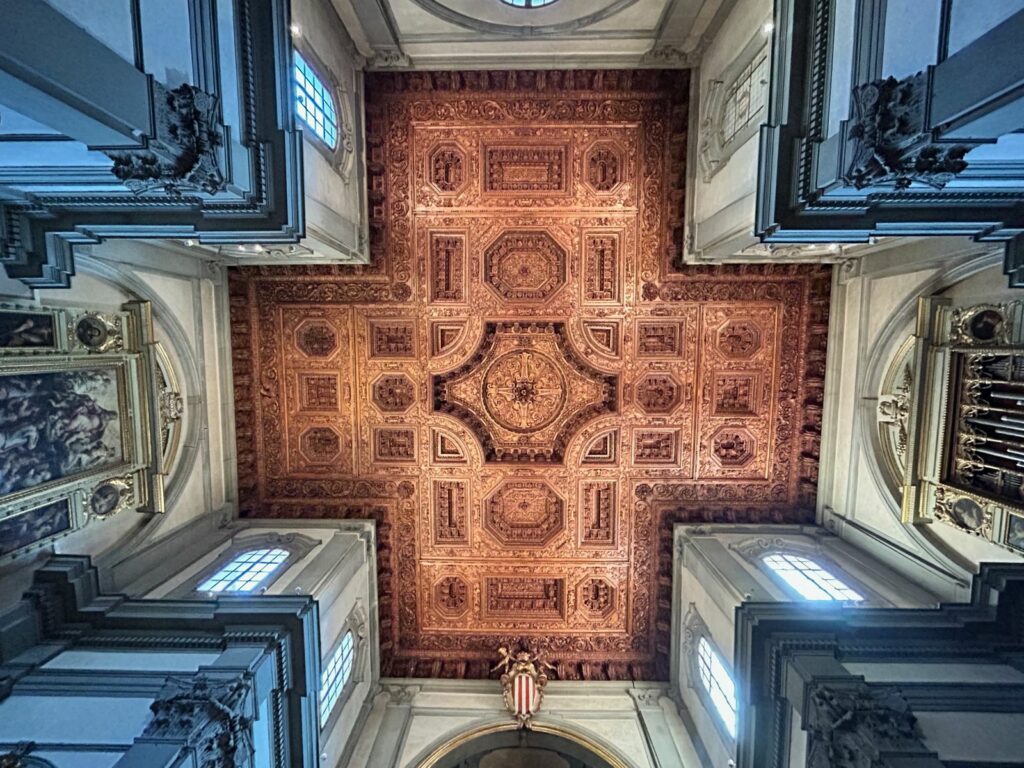
Badia Fiorentina – Ceiling 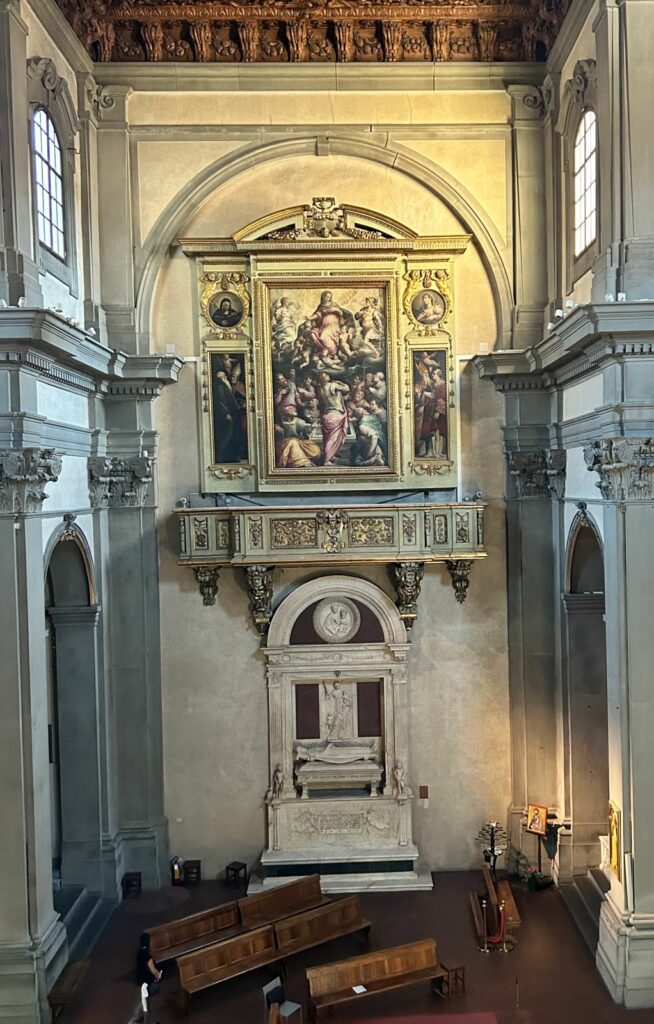
Badia Fiorentina – G.Vasari, Assumption of Virgin Mary and Mino da Fiesole, Tomb of Ugo di Toscana 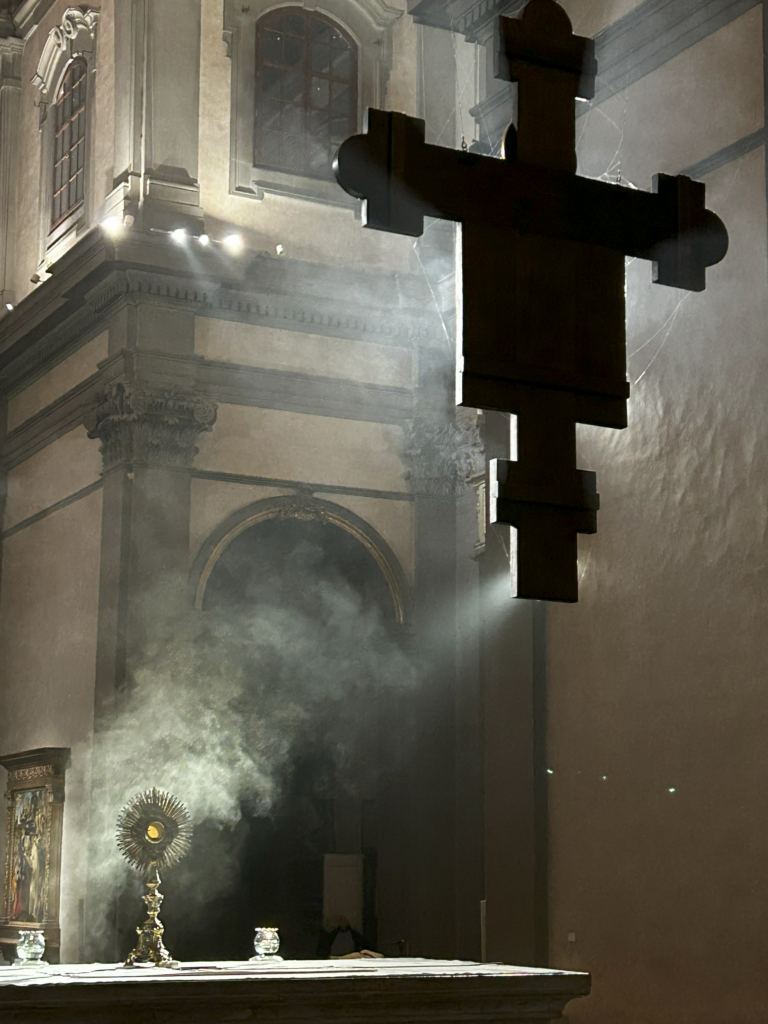
Badia Fiorentina – Crucifix 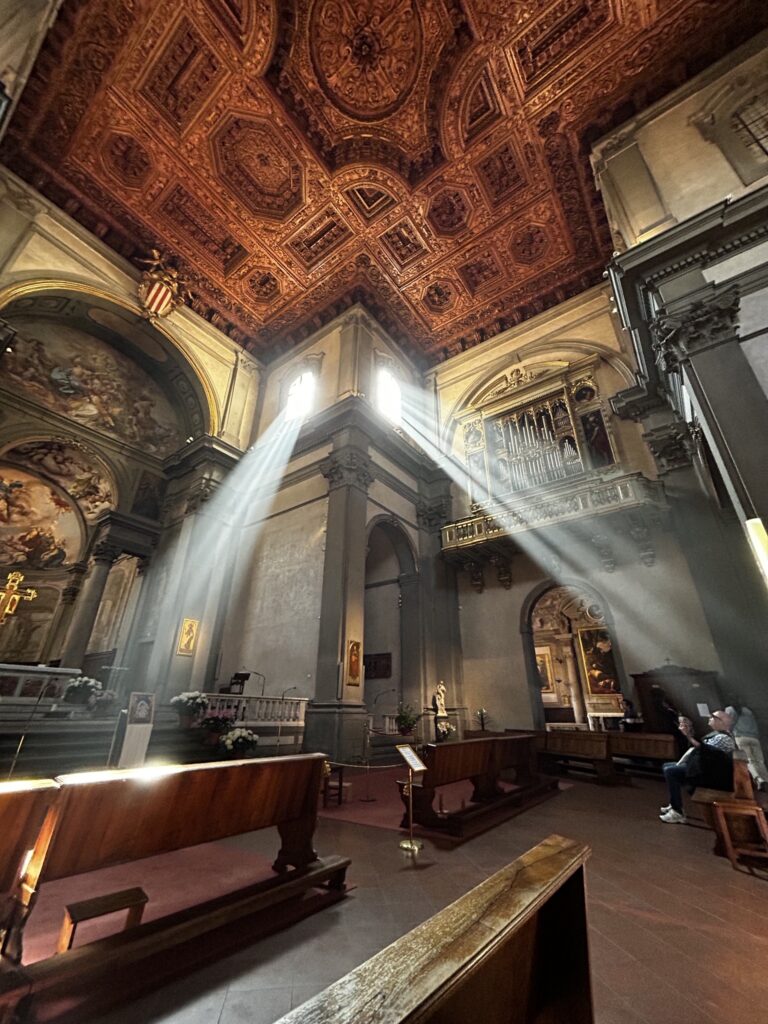
Badia Fiorentina – Interior 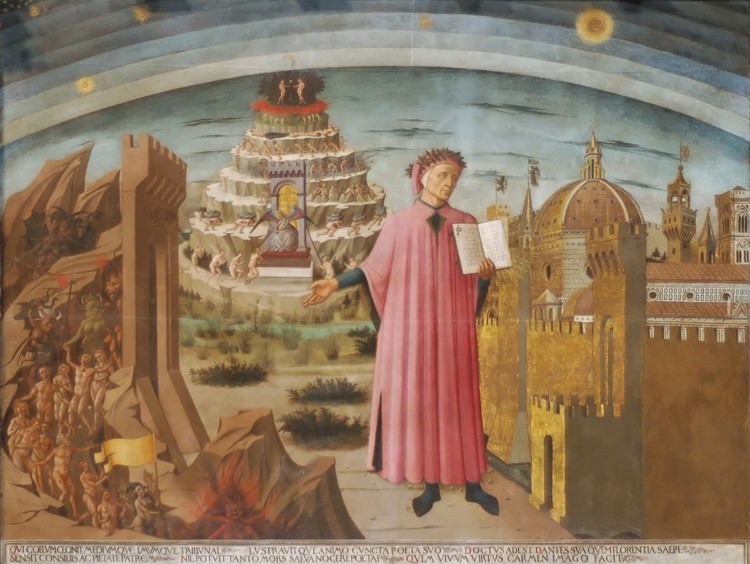
D.Di Michelino & A.Baldovinelli, Dante with the Divine Comedy (View of the Tower of the Badia Fiorentina)
